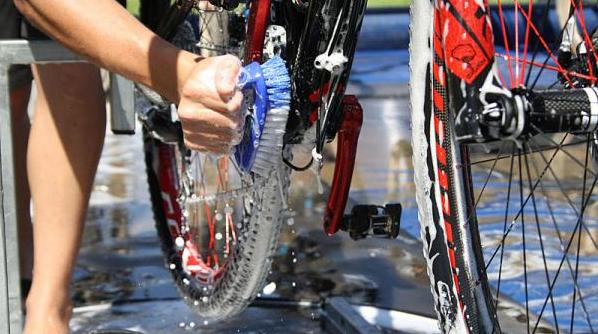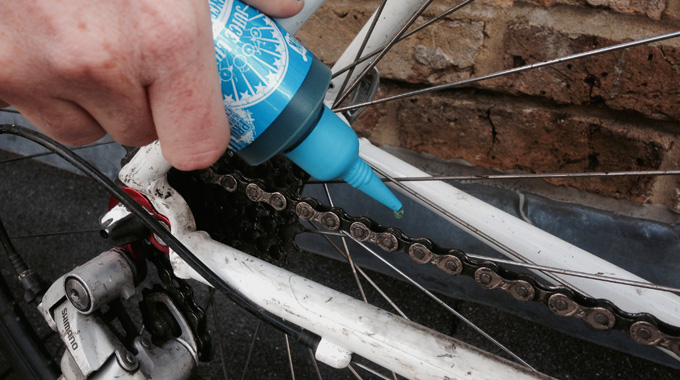Has your bike been tucked away for winter? Has it barely seen the light of day? Or perhaps if you’re super dedicated you’ve been riding a ‘winter’ bike, leaving the ‘summer’ bike to sit inside in waiting for the warmer months? Well, either way spring is on its way, and it’s time for those bikes to get back out there.
Like bears and humans, some bikes tend to hibernate over the winter months. Wet weather conditions, cold harsh winds and dark days are not a bike’s favourite climate so we understand if yours has been reluctant to get outside.
But as we round the corner into spring, there is hope as the days are growing longer, and the temperatures are warming up. We’re starting to see more two wheels hitting the roads, and with that, a lot of happy cyclo-holics.
Here’s how you can get your bike ready for spring if it’s been mostly indoors as of late…
Brake Pads

When was the last time you checked yours? If your bike’s been in the shed over winter, or even if you’ve been riding, it’s important to regularly check the brakes to ensure they’re functioning correctly, and responsive.
Both disc and rim brakes use brake pads to act as a clamp on the wheel to slow it down to a stop. New brake pads often have a tread or pattern on show, also known as “teeth”. Once these have worn away, it’s a good indication that new ones are in order.
Think yours might need a refresh? London Bike Kitchen’s Jenni Gwiazdowski explains exactly what to look for in this post and we’ve got a video to show you how to replace rim brake pads here.











